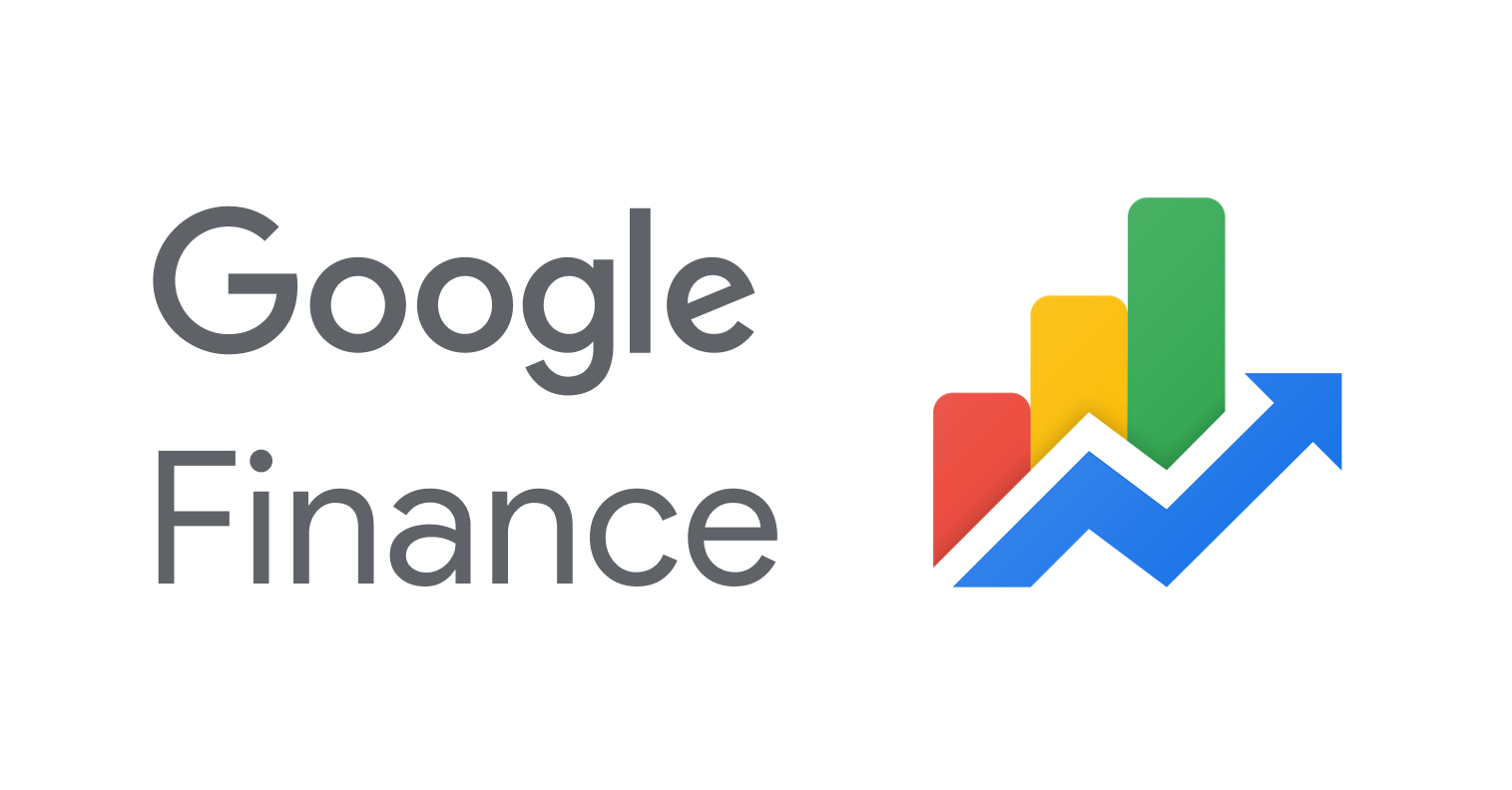Google Finance is a popular free online finance tool that provides stock quotes, news, portfolio tracking and more. With its wide range of features available for free, many investors wonder – is Google Finance really free or is there a catch? This article will explore what Google Finance offers for free and at what point users need to pay for premium features.
Overview of Google Finance’s Free Offerings
Google Finance provides a robust set of free tools for investors to track and analyze stocks. Here’s an overview of some of the key offerings available without paying anything:
- Stock quotes and charts – Real-time streaming stock quotes and interactive charts are available for free on Google Finance. Users can view prices, performance metrics, trading volumes and more for stocks, ETFs and mutual funds.
- Company financials – Investors can access income statements, balance sheets, cash flow and key financial ratios for public companies without any subscription. This data is aggregated from regulatory filings.
- News and analysis – Google Finance collates the latest news, analyst opinions and aggregated sentiment data on thousands of stocks and companies. This provides great context around stock moves.
- Portfolio tracker – Users can create multiple portfolios to track stocks they own or watch. The portfolio tracker shows gains/losses and asset allocation across holdings.
- Alerts – Custom price and news alerts can be set up to notify users of market moving events on stocks they follow. Alerts can be sent via email or mobile push notifications.
- Screeners – The stock screener tool allows filtering through thousands of stocks based on criteria like valuation, dividends, performance, volatility and more.
So in summary, Google Finance offers a comprehensive set of free tools covering quotes, fundamentals, news, analysis and portfolio management. But what features sit behind the paywall?
What’s Not Free on Google Finance?
While Google Finance’s free offerings are quite extensive, there are some limitations to be aware of:
- Limited international data – Coverage of non-US exchanges is restricted mostly to major developed markets. Data quality declines for smaller international stocks.
- No trading capabilities – Google Finance is for informational and tracking purposes only. Users cannot actually buy or sell stocks on the platform.
- No analyst ratings – Paid platforms like Bloomberg provide analyst recommendations on each stock. Google Finance does not offer this premium feature.
- No earnings call transcripts – Full transcripts of quarterly earnings calls are gated behind paywalls on other finance sites. Google Finance lacks transcripts.
- Limited screening criteria – The free stock screener only has basic filters compared to paid screeners like FINVIZ which have hundreds of criteria.
- No investor relations data – Premium platforms showcase insider trading activity, ownership breakdowns and conference call details. Google Finance does not provide this IR data.
- No Excel integration – Serious investors often export data into Excel for further analysis. Google Finance lacks this kind of export capability.
So in essence, Google Finance is missing some of the premium data, analytical tools and integrations that paid platforms offer. But it still provides more than enough for most individual investors’ needs.
Alternatives to Google Finance
For investors willing to pay for market data and tools, what are some alternatives to Google Finance? Here are a few popular paid platforms:
- Bloomberg Terminal – The Bloomberg Terminal grants access to real-time data, news, analytics and trading tools. But it costs $24,000 per year making it unrealistic for non-institutional investors.
- Morningstar – Morningstar offers analyst ratings, valuations, earnings call transcripts and Excel exports for stocks. But its premium plan costs $199 per year.
- Yahoo Finance Premium – Yahoo Finance’s premium offering includes international data, analyst ratings and enhanced charting for $50 a month.
- FINVIZ – FINVIZ provides advanced screeners, Excel exports, insider trading data and more for $39 per month.
- MarketWatch – MarketWatch has a premium plan with earnings transcripts, macroeconomic data and no ads for $30 per month.
Many brokerages like Fidelity and Etrade also offer market data subscriptions with real-time quotes, news and research. These are only worthwhile if you actively trade with the brokerage.
Is the Free Version of Google Finance Enough?
At the end of the day, is the free version of Google Finance sufficient enough for most investors’ needs? Or should you pay for a premium finance platform? Here are a few key considerations:
- For casual investors, Google Finance definitely provides enough free tools to look up stock quotes, get news and track portfolios. Paying hundreds of dollars a year is likely unnecessary.
- For active traders, the lack of real-time data, advanced charting and screening makes Google Finance insufficient. Paying for a platform like FINVIZ would be worthwhile.
- For institutional investors, Google Finance clearly does not cut it. The Bloomberg Terminal is a must-have for hedge funds and investment banks.
- If you need international data, Google Finance’s limited coverage means a premium platform can be useful. Morningstar or Yahoo Finance Premium have better global coverage.
- If you rely on Excel, the lack of export capabilities on Google Finance is limiting. Platforms like Morningstar may be worth paying for.
- If you are a buy and hold investor, just periodically checking up on your holdings, Google Finance is likely more than enough for your needs.
So in summary, Google Finance is likely sufficient for most individual investors looking for free stock market data and tools. But active traders and professionals may want to consider paid alternatives to get premium features, deeper analysis and better integrations. The right choice depends on your specific investing style and needs.
Conclusion
Google Finance offers an impressive suite of free investment tools covering quotes, news, charts, screening and portfolio tracking. While it lacks some advanced paid features, the capabilities are extensive enough for most casual investors. Unless you are an active trader or institutional investor, the free version of Google Finance should suit your market data needs. For alternatives, look to platforms like Morningstar and FINVIZ which provide analyst ratings, earnings call transcripts and Excel integration for a fee. Evaluate whether those premium features are truly worth paying hundreds of dollars a year for based on your investing approach. But for most, Google Finance constitutes a great free resource for tracking and researching stocks.









Leave a Reply